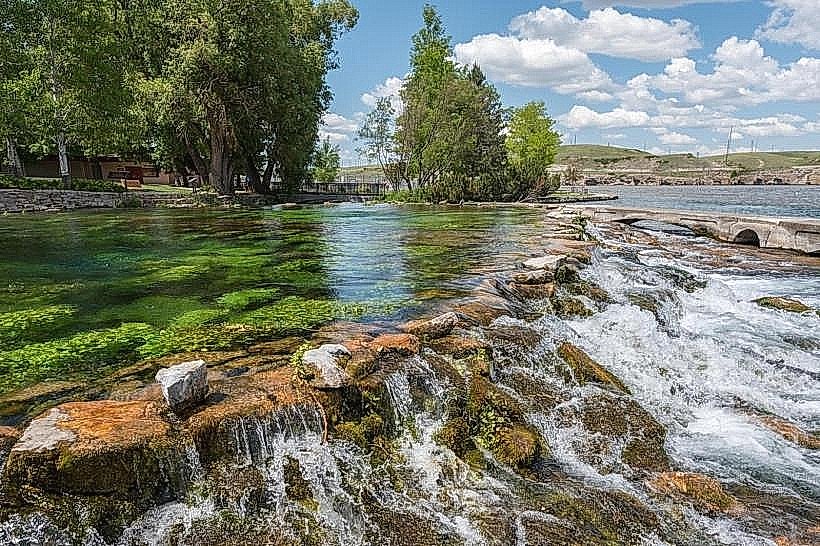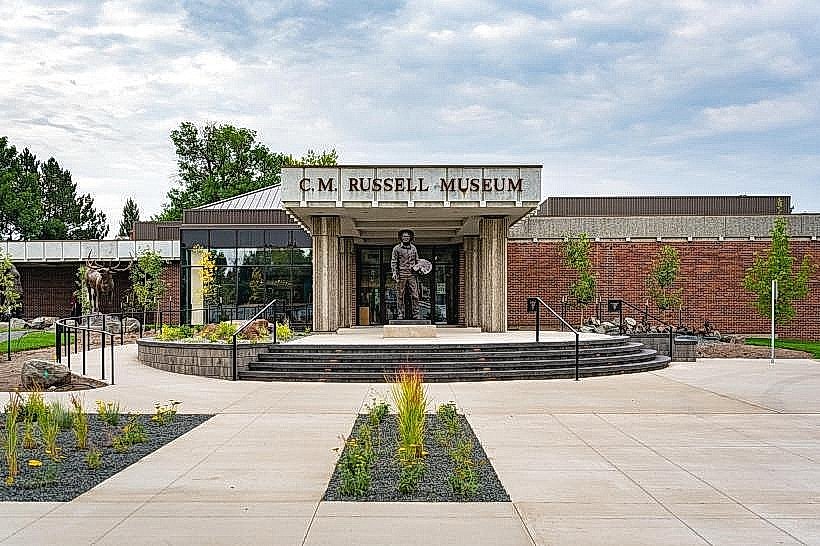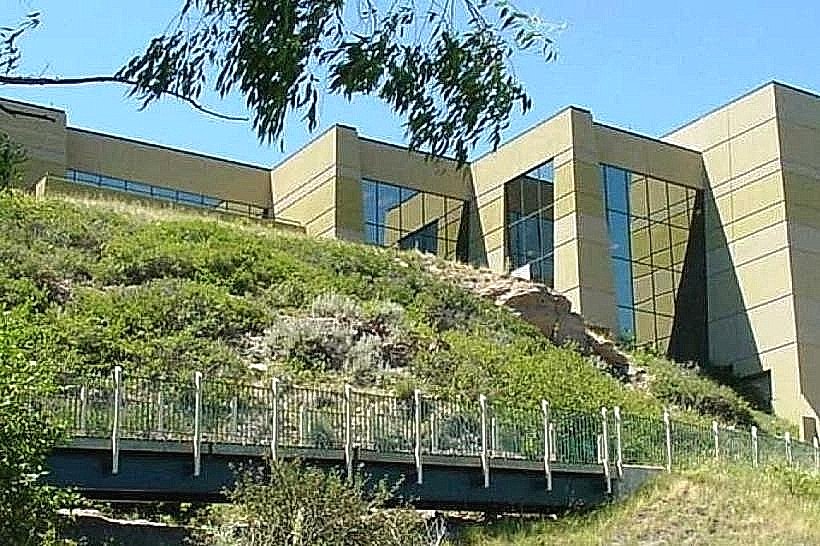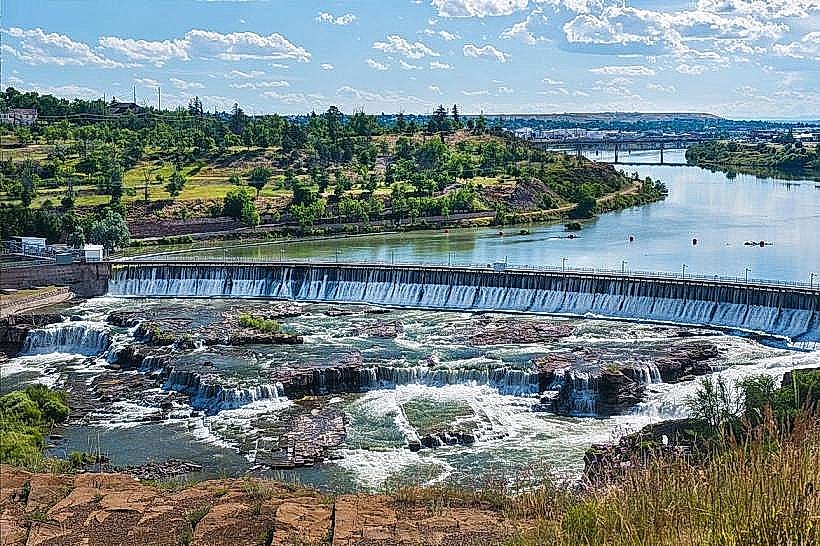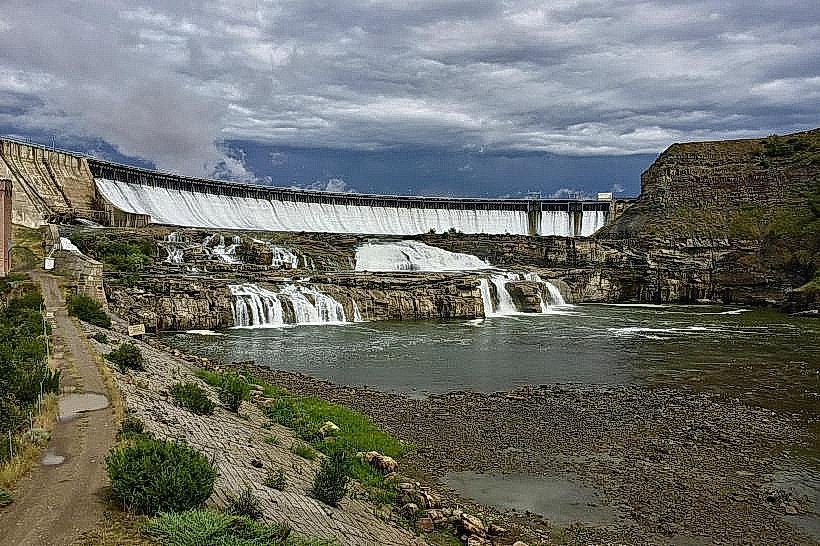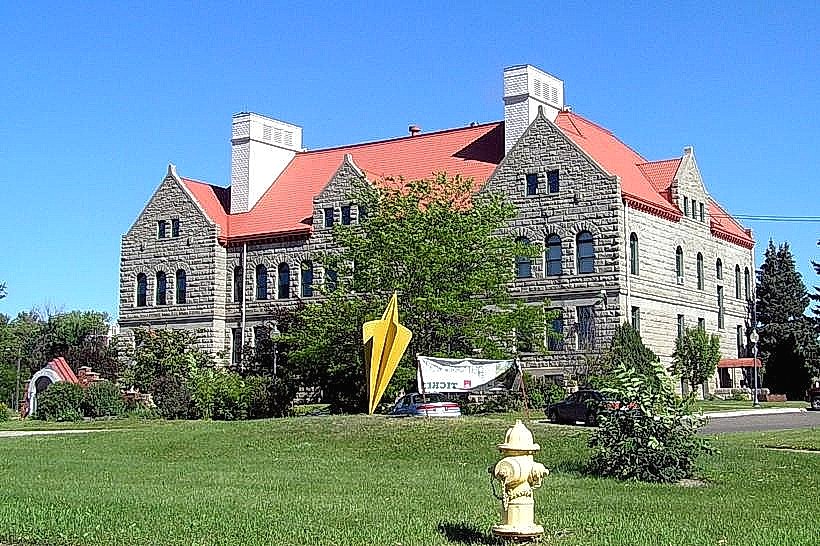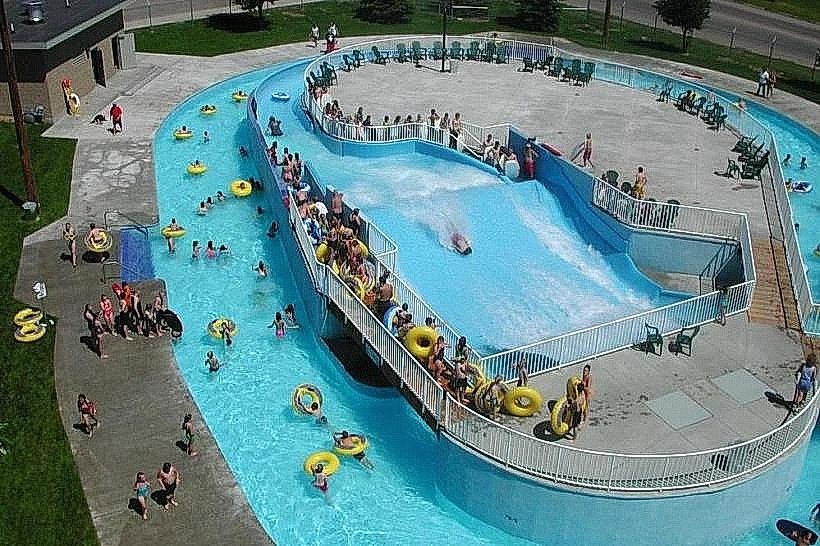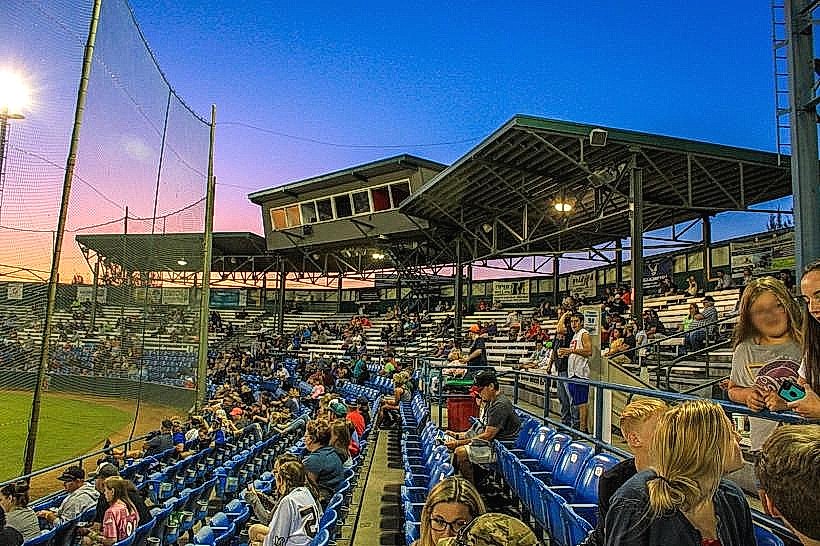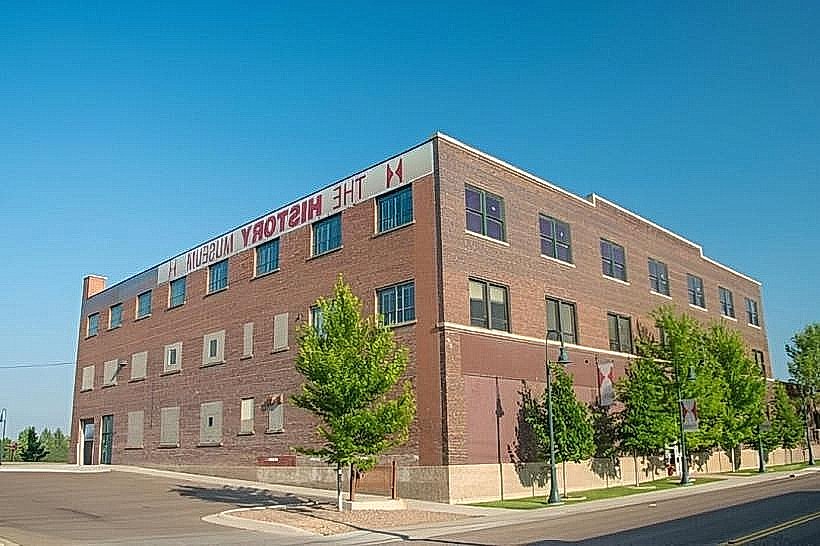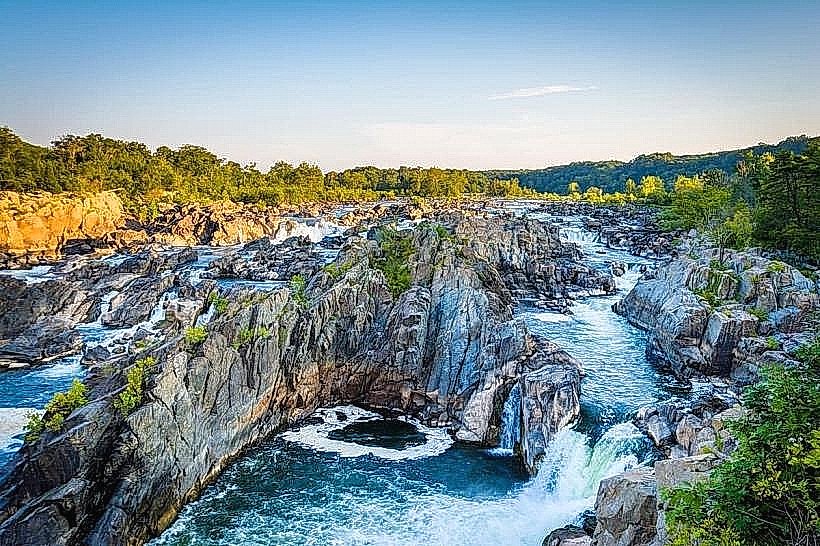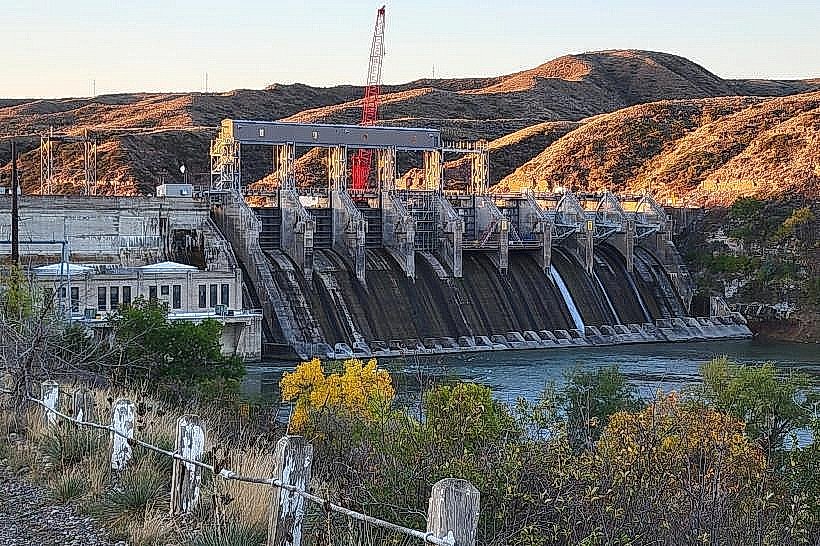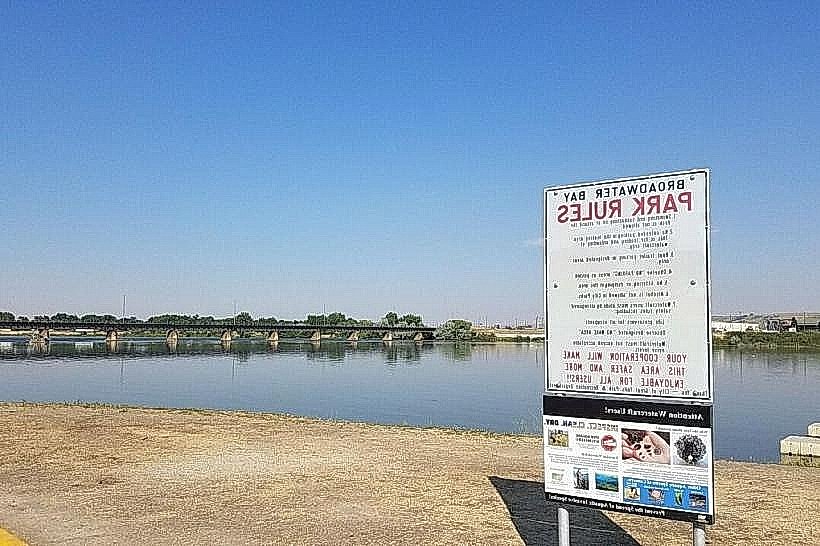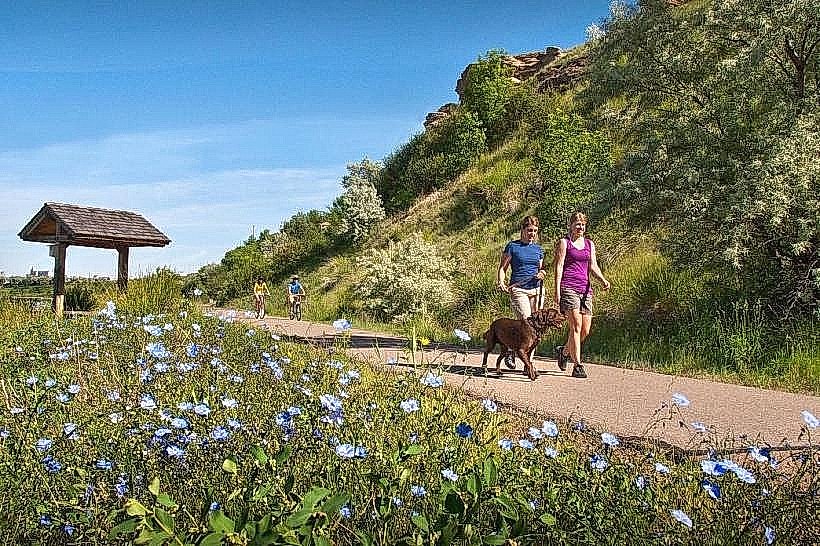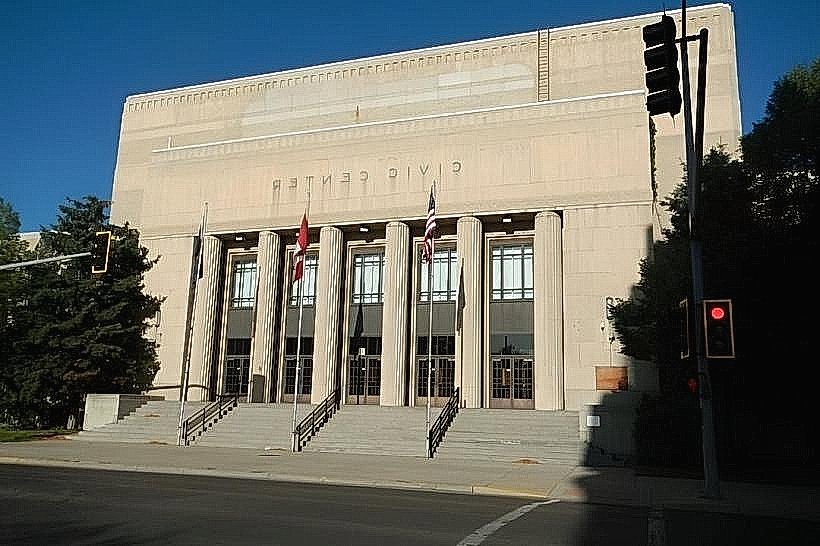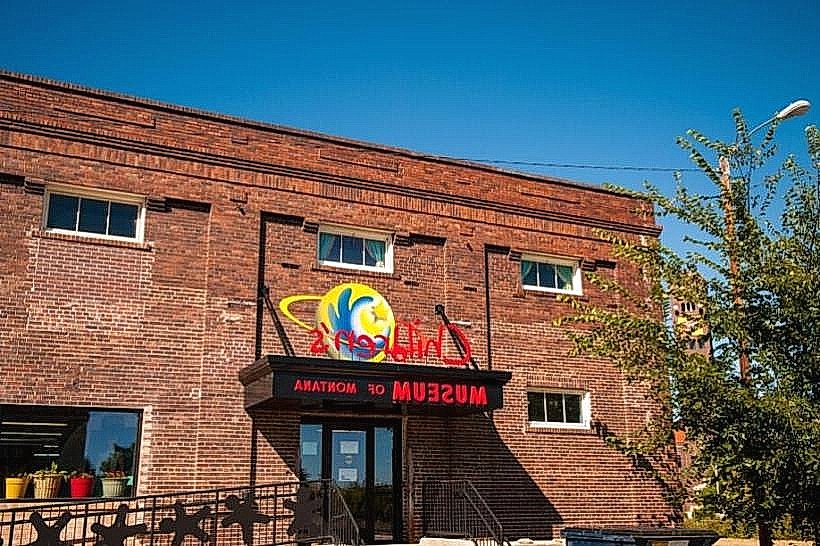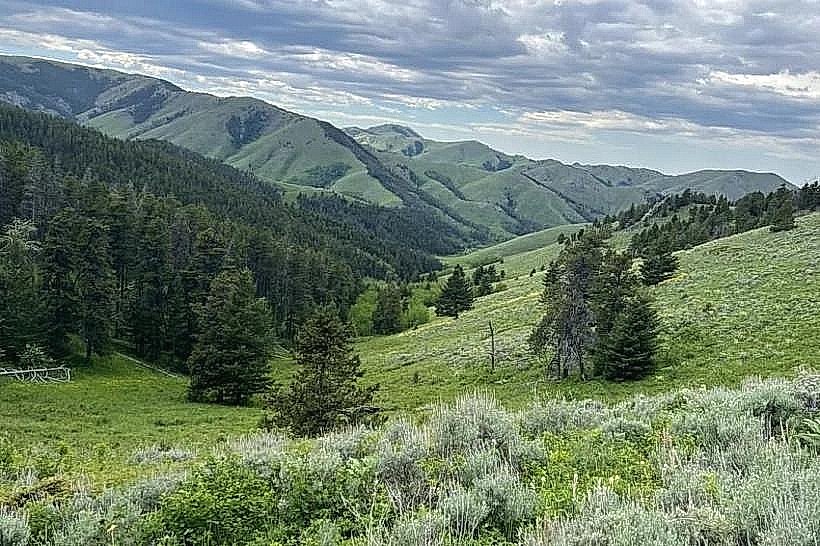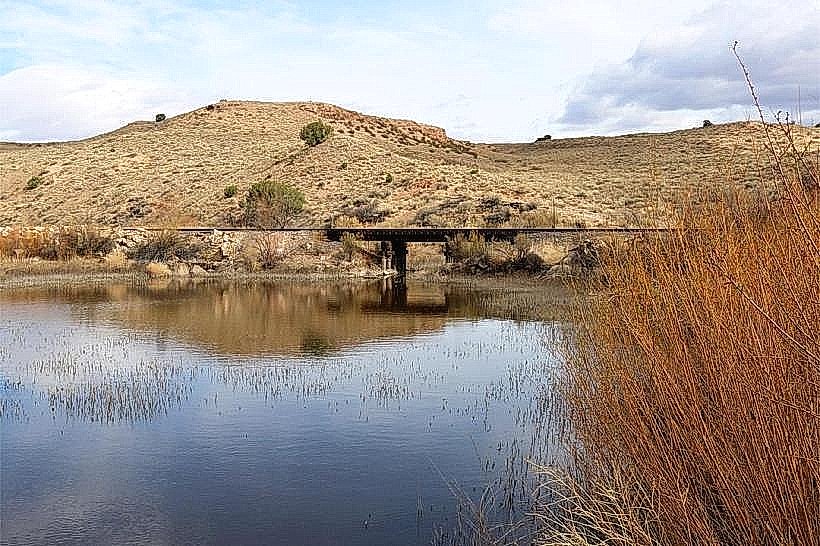Information
Landmark: First Peoples Buffalo Jump State ParkCity: Great Falls
Country: USA Montana
Continent: North America
First Peoples Buffalo Jump State Park, Great Falls, USA Montana, North America
Overview
Just west of Great Falls, where the wind skims over endless golden grass, First Peoples Buffalo Jump State Park rises above the plains as one of Montana’s most culturally rich and striking historic landmarks, furthermore once a crucial hunting ground for Northern Plains tribes, this ancient buffalo jump still holds the sweep of golden grass and the remarkable ingenuity of the people who once relied on it.Spanning thousands of acres, it invites you to pause, explore, and feel the quiet pulse of the earth beneath your feet, along with for almost two thousand years, Indigenous peoples-among them the Blackfeet, Salish, Crow, and other Plains tribes-gathered here to hunt together, driving game across the windswept grass.The sandstone cliff stretched for nearly a mile, rising 30 to 50 feet above the plain, its sheer face once the end of the line for stampeding bison during carefully planned hunts, equally important they planned each hunt down to the smallest detail, even the crunch of boots in the frost, a little Funny enough, Experienced runners, wrapped in wolf pelts or draped with buffalo hides, drove the herd toward the cliff with shouts, swirling smoke, and quick, darting steps, therefore the herd drew near, hooves pounding like distant drums, and then the animals surged forward, spilling over the cliff.Interestingly, Down below, the hunters worked quickly over the fallen buffalo, carving meat for meals, stretching hides into shelter and clothing, and shaping the heavy bones into tools, alternatively over countless generations, bone piled thick at the cliff’s base, creating one of North America’s deepest buffalo deposits-a solid, pale stack that tells the story of millennia of human life woven into the rhythms of the land.The park stretches across over 1,700 acres, rolling from sunlit grasslands through winding coulees to sheer cliffs that drop toward the wide, silver sweep of the Missouri River Valley, what’s more from the bluff’s edge, the view runs for miles-Rocky Mountain Front rising in the west, the Missouri curling toward Great Falls, and prairie spilling out in every direction under a wide, wind-brushed sky.Here, archaeologists have uncovered stone tipi rings, drive lines, and places where tools were made-finds that give a rare glimpse into how people hunted and organized their communities before contact, as if tracing faint footprints across the prairie, furthermore for many Native communities today, the site is still sacred-a space for ceremony, remembrance, and quiet respect, where the smell of sage sometimes lingers in the air.The park’s Visitor Center sits at the foot of the cliff, its exhibits carefully arranged to guide you through Montana’s story-right down to the texture of a weathered wagon wheel, likewise inside, you’ll find exhibits that bring the buffalo jump’s cultural, ecological, and spiritual importance to life with glowing screens, detailed models, and weathered artifacts, almost One highlight is a life‑size buffalo jump diorama, where hunters drive the thundering herd toward a cliff in perfect sync, also panels explain the changing seasons of Plains life, from raising a tipi in summer heat to smoking meat over a leisurely autumn fire.You’ll glimpse tools, weapons, and clothing, all crafted from buffalo-thick leather smelling faintly of smoke, alternatively a brief educational film weaves together oral histories and archaeological insight, like voices echoing over the dusty ruins they describe.Just beyond the center, a winding trail climbs to the jump’s peak, where visitors can meander the same ground once trodden by ancient hunters and feel the crunch of gravel underfoot, in addition as you saunter, miniature interpretive signs explain the plants underfoot, the calls of nearby birds, and the rock formations ahead, tying the cultural story to the landscape’s living details.The two-mile interpretive trail winds gently toward the cliff top, offering a scenic stroll where the horizon stretches wider with every step and the scent of pine drifts through the air, while in the summer, the wind brings the sharp scent of sagebrush and the distant calls of meadowlarks, while yellow balsamroot and purple lupine scatter along the path like spilled paint.Honestly, From the summit, you can behold wide prairie stretching east, the Missouri River glinting far below, and the Rockies faint against a dusty blue haze, therefore near the cliff’s edge, you can almost hear the thunder of hooves and picture the precision it took to pull off a hunt like that.Today the venue feels calm, almost still, but once it rang with hurried footsteps and shouted orders, besides at First Peoples Buffalo Jump, you can join guided tours, watch lively cultural demonstrations, and listen to storytelling that brings the spot’s history to life, like the echo of drums rolling across the prairie.Every so often, tribal elders and teachers pass down traditional wisdom-stories of the buffalo, caring for the land, and the vintage ways, like how to read the wind in the grass, furthermore seasonal events like Native Games Days and Living History weekends draw communities together, filling the air with drumbeats, lively dancing, and hands busy at traditional craft tables.The park partners with Montana schools, leading field trips that show how early inhabitants balanced the land’s ecology with their culture-like planting crops beside winding streams, in turn beyond its ancient ruins, the park bursts with wildlife-a flash of shining wings here, the rustle of leaves there.Pronghorn antelope, mule deer, and red-tailed hawks roam this setting, and the tallgrass prairie sways in the wind, offering a rare peek at Montana as it was hundreds of years ago, along with rolling hills, warm sandstone ledges, and endless blue horizons create a scene photographers love, especially when the light turns golden at dawn or bleeds into deep orange at dusk, slightly The park sits roughly 10 miles southwest of Great Falls, just outside the quiet town of Ulm, and welcomes visitors all year when the weather cooperates, in turn the visitor center’s open only part of the year, usually starting in spring when the air smells of fresh grass and closing again by late fall.Near the entrance, you’ll find picnic tables, clean restrooms, and a few benches tucked under leafy shade; the interpretive trails are clearly marked, perfect for exploring at your own pace, consequently closing Impression: First Peoples Buffalo Jump State Park isn’t just a pretty view-it’s a locale where Montana’s earliest voices still echo in the wind and across the sun-warmed stone, relatively Walking here feels like slipping into a destination where people work together, honor the land, and treat the rustle of leaves with quiet respect, simultaneously wide stretches of land and faint echoes of long-ago hunts weave a feeling of timelessness, telling every traveler that these plains have always been-and still are-sacred ground.
Author: Tourist Landmarks
Date: 2025-10-22

